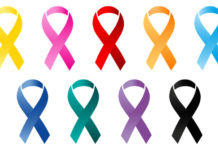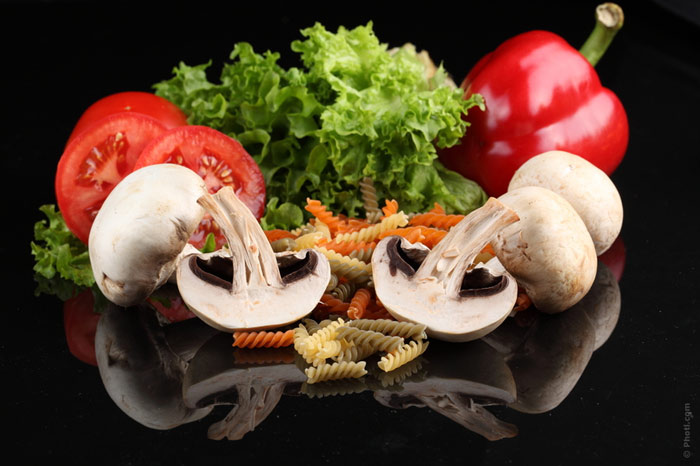
When newspapers, magazines and television put tons of tips in our ears, we can find a thousand and one blog about healthy eating in the Internet. We strongly believe everything that is sold in healthy food stores is beneficial for our health. It is not surprising that many of us do not have the slightest idea about what food is healthy and what is not.
The road of fighting for your own health is thorny, and it is doubtful that there are those who have never stumbled, thinking something should be healthy food and learning afterwards that it is not the case. Below you will find a few examples of the products that marketers often use to hook us.
1. Fish

Fish is divided into two main categories: farmed and caught in the wild. Farmed fish is grown in approximately the same conditions as domesticated animals. It is packed into a limited space and forced to survive in terrible conditions. A huge amount of feces in these confined spaces result in frequent outbreaks of diseases and the reproduction of parasites. To prevent this from happening, a huge amount of antibiotics and other chemicals is added to the water. The fish is given a wonderful diet of cheap grain, soy flour, gluten, chemicals, and neurotoxins. So when you eat fish, you eat everything it has eaten!
Of course, the fish caught in the wild is better … though not much better. Most often, it is full of mercury (except for some sardines), and mercury rightly bears the title of one of the most toxic elements on Earth.
What to choose instead?
Since you do not want to completely abandon fish, firstly, choose the fish caught in the wild, and secondly, browse the network and look for a list of the least harmful fish – you will find such lists there.
2. Fruit juice
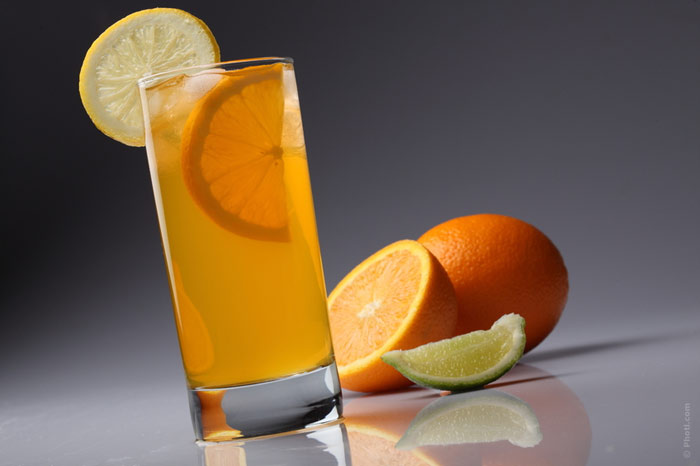
Why? We have written about it many times: sugar. Eventually, any fruit juice is just sugar for your body. Because pure fruit juice does not contain any fibers, and as soon as it reaches the stomach, it turns into sugar at once. The sugar levels in your blood increase considerably. Of course, concentrated juices that you buy at the store are disgusting in every way, and most people know it, but fresh juices which you prepare at home, with your own hands, are not much better. Because… well, yes, sugar again.
What to drink instead?
Vegetable juice! And if you want to sweeten it, add an apple or two. If you want fruit, prepare a smoothie. Smoothies are very finely chopped fruit; smoothies are better than fruit juices.
3. Cooking in olive oil
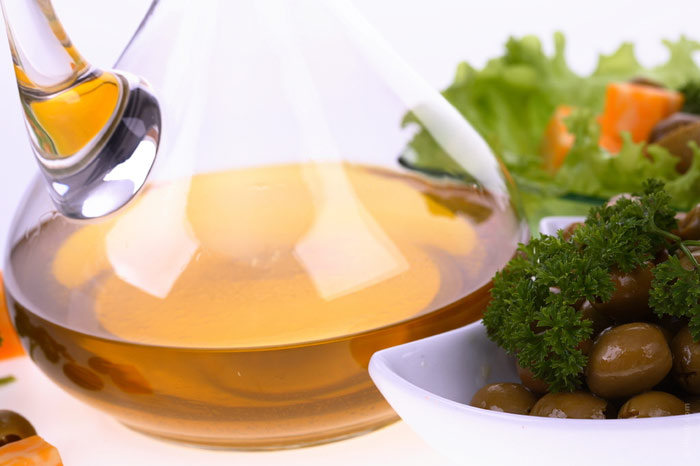
We have written about it many times. At room temperature, olive oil is a very healthy product. But when it gets very hot, it becomes a bitter carcinogen. It pains even to look at the cooks in television shows pouring olive oil on their pans. The best oil for cooking is coconut oil, as it is the best one to be heated.
What to use instead?
Coconut oil, grape seed oil, and safflower oil are much more suitable for cooking.
4. Agave syrup
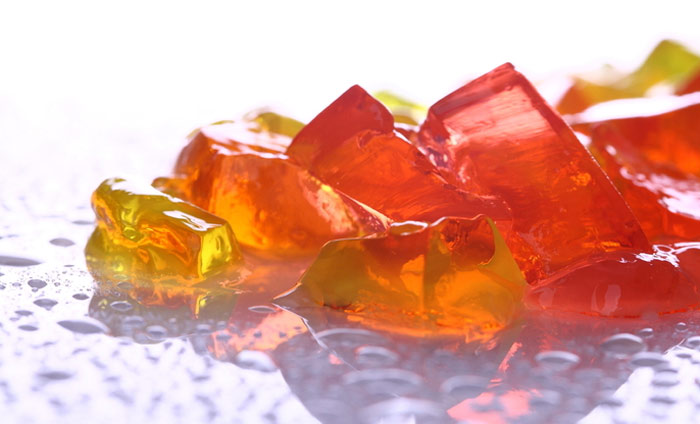
Many vegans and lovers of healthy eating like when agave is spoken about. However, none of them has thought about the fact that all its alleged benefits are too good to be true. Agave syrup is a very sweet liquid, which is often advertised as a “healthy” or “low glycemic” alternative to sugar. But, according to Dr. Joseph Mercola, agave syrup does not differ much from the usual fructose after all the stages of processing.
What to choose instead?
You can use any natural sweetener.
5. Soy
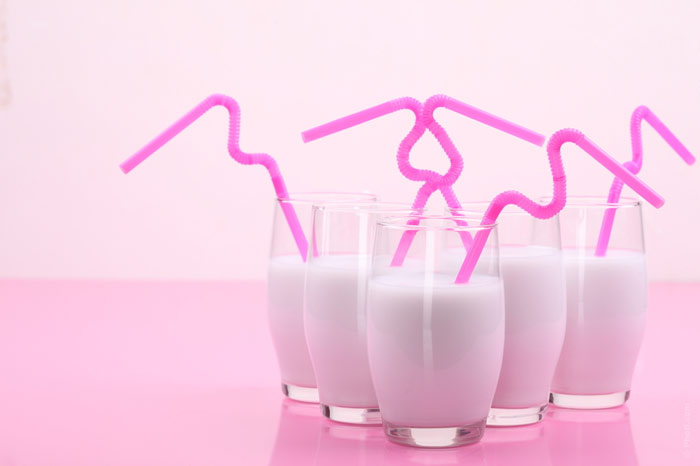
Soy milk and tofu are often considered “healthier” alternatives to meat and dairy products. Eating organically fermented soy products is acceptable only in small quantities, but for some reason most of the population in developed countries believe that products like soy milk and tofu (by the way, they are often made from genetically modified plants) are good for our health. This is not the case. Hundreds of clinical and laboratory studies clearly linked soy with malnutrition, digestive disorders, disturbances of the thyroid gland, the decline of mental activity, problems with the reproductive system, infertility, birth defects, impaired immune system, heart diseases and cancer. And if you do not believe it, read the book “The Whole Soy Story” by Kaayla T. Daniel, MD.
What to choose instead?
If you are looking for vegetable proteins, you may pay attention to the lentils, beans, chickpeas, quinoa and greens with fleshy leaves.
6. Dairy products

The main argument of the supporters of healthy diet in favor of dairy products is that they are an important source of calcium. However, this is not true. Milk and dairy products are almost completely animal proteins and they have an acidic effect. To restore the acid-alkaline balance, your body turns to its own reserves of alkaline materials. And this is primarily calcium, accumulated in the bones. Thus, instead of replenishing calcium in the body, milk reduces it. Quite unexpected, isn’t it? In addition, pasteurized milk contains a lot of antibiotics, it is not produced by the healthiest cows, and it is full of pus. Yes, pus. According to laboratory tests, the usual liter pack of milk contains more than 316 million pus cells! This comes from the fact that cows often suffer from udder inflammation (mastitis).
What to use instead of dairy products?
Try cheese made from nuts (cashew cheese or Brazil nut cheese) and coconut, almond, oat or rice milk.





